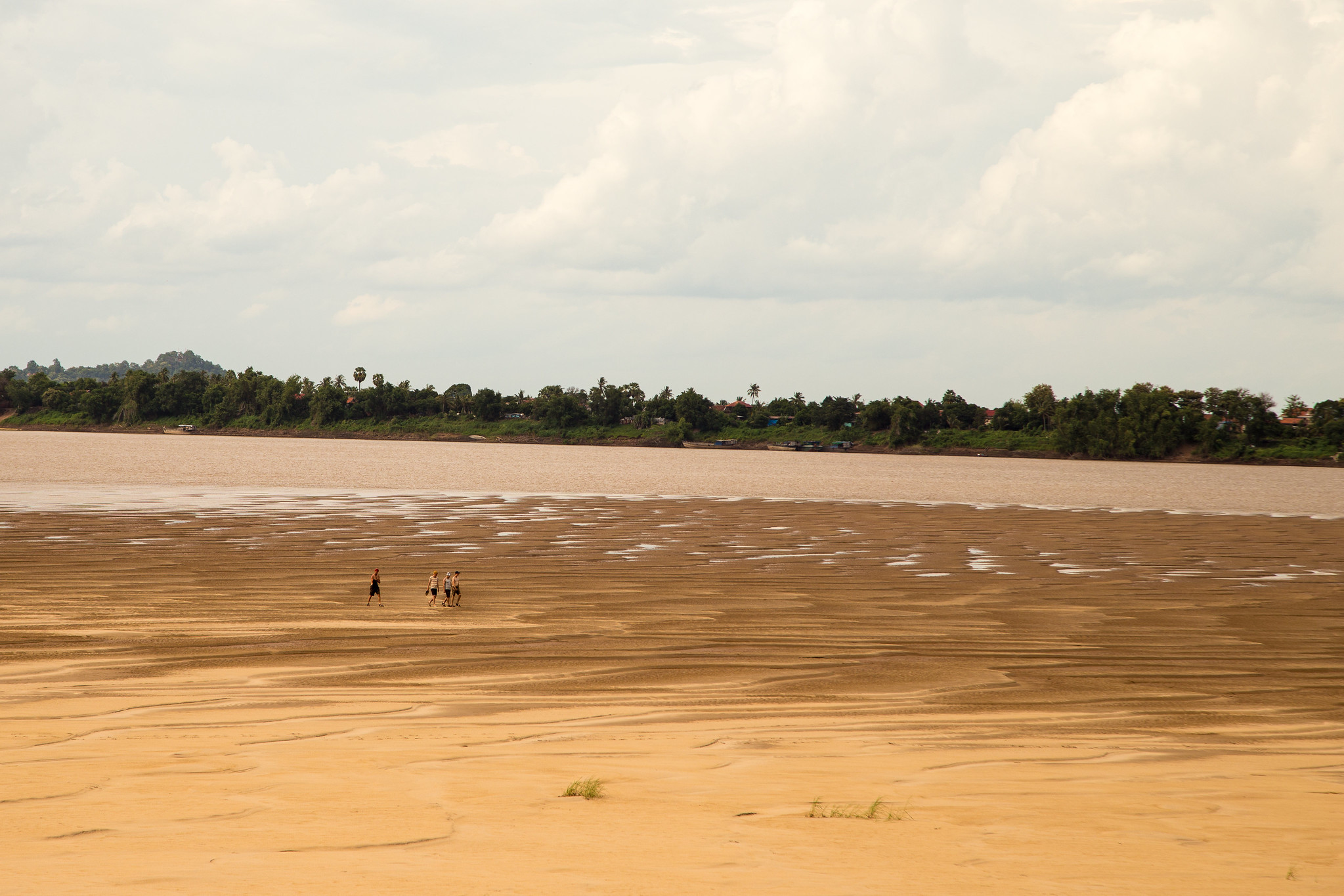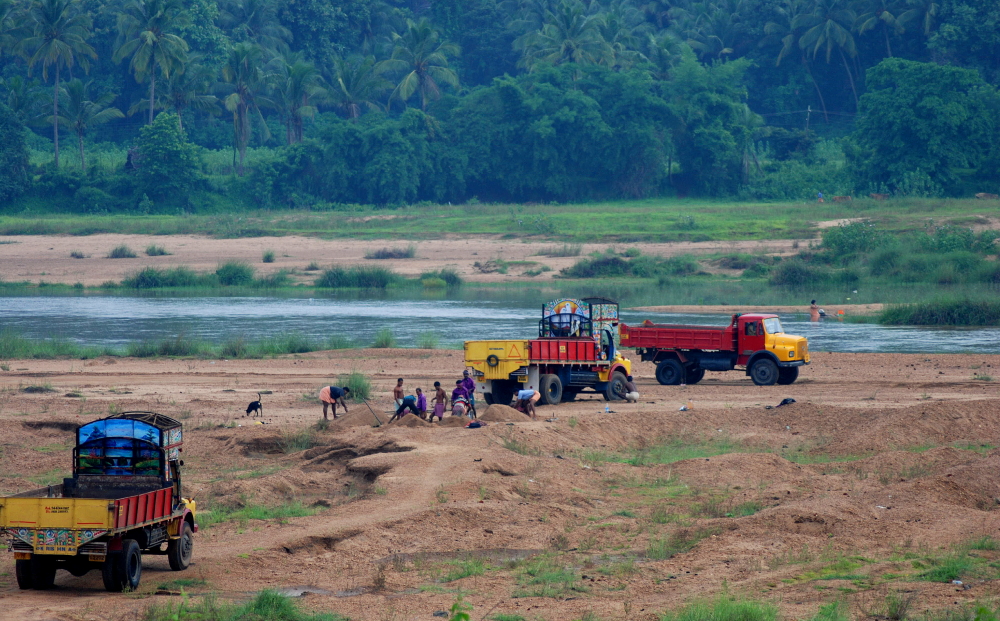Excerpt:
The rising demand for sand to resume post-pandemic growth drives unregulated and illegal sand mining in the Mekong River, where people living along its banks have lost their houses and fortunes to severe erosion.
One October morning in Vietnam’s Dong Thap province, 72-year-old Nguyen Thi Cam sat on the banks of the Mekong River, staring at dredgers hoovering up sand in the distance.
“My house was over there before,” she said, pointing to a raft floating about 50 meters from the riverbank.
“After running away from erosion twice, the house is now located here,” she said of the old, dilapidated building by the river, where the shore was jagged and looked as if it could collapse at any time.
For more than a decade, sand mining had eaten away at the foundations of Cam’s old houses. A 25-hectare islet where she used to source corn and vegetables had disintegrated too.
The insatiable hunger for sand has intensified in the Mekong region – the home to Cambodia, Laos, Myanmar, Thailand and Vietnam – in the past decade due to urbanization and growing construction sectors that promise development in these countries.
Many expressways are planned or have been built, especially in Cambodia and Vietnam, where road networks are seen as the main source of investment. Infrastructure projects – ranging from airports and ports to railways – will likely be revived in the post-Covid-19 pandemic era for economic recovery.
The demand for real estate is strong in Thailand as the growing number of middle-class seek new houses and condominium units, while the sector remains one of the most profitable investment opportunities…
Read other articles in the series :












